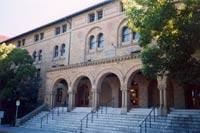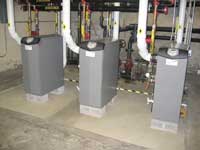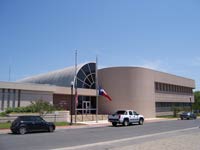view all Case Studies
Water Efficiency: Meters Show Savings From New Flush Valves
There’s nothing like cold, hard data to prove a point. When Michael Carson, senior mechanical engineer at Purdue University, first heard about the Uppercut dual-flush Flushometer, he was skeptical it could make a difference in water consumption.
June 30, 2008 -
Facilities Management
There’s nothing like cold, hard data to prove a point. When Michael Carson, senior mechanical engineer at Purdue University, first heard about the Uppercut dual-flush Flushometer, he was skeptical it could make a difference in water consumption.
Carson decided to try out the Uppercut in two of Purdue’s administrative buildings, retrofitting the women’s restrooms in the printing services and telecommunications buildings with a total of 12 dual-flush handles. The buildings were chosen because both have good historical water-use information, restroom plumbing fixtures are the buildings’ only major water source, and women comprise a high proportion of the buildings’ populations.
The retrofits took place July 2005. Basic usage instructions are shown on signs, which come with the handles and are mounted on the restroom stalls. The dual-flush handle offers two flush options: Tilt the handle up for a 1.1 gallon flush or push it down for a standard 1.6 gallon flush.
Carson and his team have closely examined the monthly water-use data from the buildings’ water meters. In the printing services building, water use dropped from an average of 10,228 gallons a month from July 2004 to June 2005 to 5,803 gallons a month from July 2006 to June 2007. In the telecommunications building, water use dropped from about 12,229 gallons a month from July 2004 to June 2005 to 8,622 gallons from July 2006 to June 2007.
“The numbers are straight water meter readings,” says Carson. The installation of the Uppercut handles was the only change in plumbing fixtures or water usage made during the studied period.
Next
Read next on FacilitiesNet











